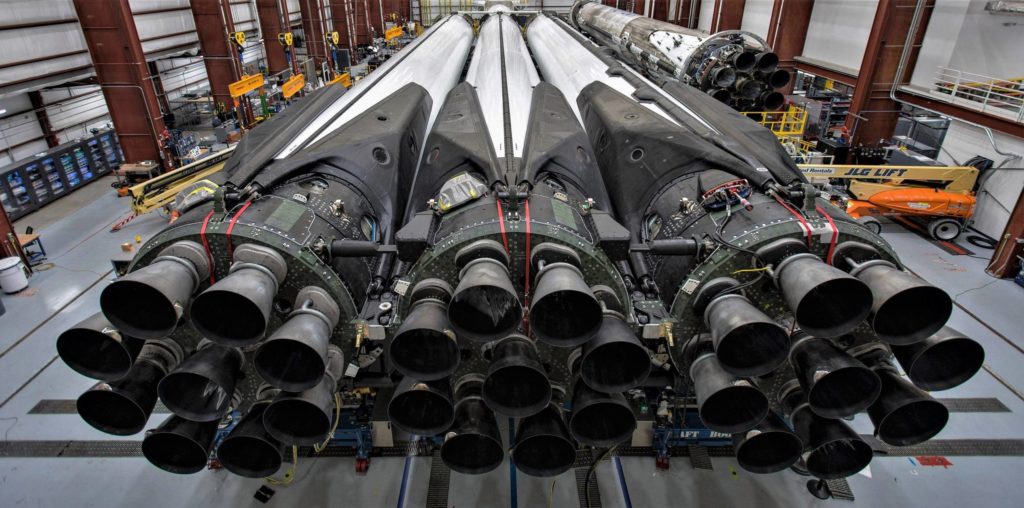A recent survey among car buyers in early April by online auto sales platform Autolist.com has shown that Tesla is the brand that consumers trust most to bring full self-driving cars to market. Among the 1,650 car shoppers that participated in the study, 24% listed Tesla as their company of choice when it comes to autonomous driving technology.
This is not the first time that consumers dubbed Tesla as their most-trusted brand in the upcoming self-driving market. In 2018’s survey, the Silicon Valley-based company performed even better, with 32% of respondents listing Tesla as their brand of choice in the autonomous driving race. Chase Disher, an analyst at Autolist, noted that the decline between Tesla’s 2018 and 2019 results is likely due to an “eroding public impression” of the company as a key player in the full self-driving industry.
“Tesla’s reputation as a leader in the autonomous space has taken a hit over the last year. While its semi-autonomous Autopilot system has a loyal following and great name recognition, several high-profile crashes and concerns about its driver monitoring system may be eroding the public’s impression of Tesla as a potential leader in the self-driving space,” the analyst said.

Tesla’s full self-driving initiatives are certainly facing headwinds. Apart from Elon Musk’s more tempered and deliberate forecasts for the rollout of Tesla’s full self-driving features, the electric car maker has been weighed down by a consistent onslaught of skepticism from its critics. The (all-too frequent) negatively slanted mainstream media coverage of the company over the past year has not helped either, and studies from research firms such a Navigant, which list Tesla as the second-worst company pursuing autonomous driving technology, further add to the reservations surrounding the electric car maker’s autonomous driving initiatives.
These, together with extensive coverage of crashes involving Teslas (even if Autopilot is not involved) have done no favors for the public’s opinion on the company. At this point, the narrative surrounding Tesla and its CEO, Elon Musk, is more negative than positive, and it will likely take some notable real-world results to trigger a shift.
It would be strategic for Tesla to establish its presence and proficiency in the full self-driving field soon, as the public’s sentiment for the technology appears to be improving. In Autolist‘s 2019 survey, 22% of respondents stated that they didn’t trust any company to bring a full self-driving car to market. This is a notable drop from 2018’s figures, when 27% of respondents stated that they do not trust any company’s autonomous driving tech. Granted, Autolist‘s sample size at 1,650 car buyers is fairly small, but it does tap into the pulse of the mainstream consumer market. Fortunately for Tesla, the company is planning something notable in the coming week.
On April 22, Tesla is expected to hold its Autonomy Investor Day, an event that will see the company discuss the roadmap for its full self-driving features. Attendees of the event will be given a deep dive into the development of the company’s self-driving technologies, including its custom Hardware 3 computer, which is specifically designed for autonomous driving. Test drives will also be offered to attendees of the investor event, utilizing vehicles that are loaded with Autopilot and Full Self-Driving features that are yet to be released.
Autolist’s survey also show improving sentiments for other automakers and their autonomous driving initiatives. Toyota ranked the highest among legacy automakers with 18% (up from 15% in 2018) of respondents stating that they trust the Japanese carmaker the most in the self-driving market. General Motors saw 15% of respondents trusting the company’s self-driving initiatives the most, a notable improvement from its score in 2018, when only 9% of respondents selected GM as their company of choice in the autonomous driving space.
Read the results of Autolist‘s 2019 survey on car buyers and full self-driving technology here.

<!–
–>
var disqus_shortname = «teslarati»;
var disqus_title = «Tesla spearheads trust in full self-driving vehicles among car buyers: survey»;
var disqus_url = «https://www.teslarati.com/tesla-most-trusted-self-driving-car-autopilot-survey/»;
var disqus_identifier = «teslarati-101687»;










